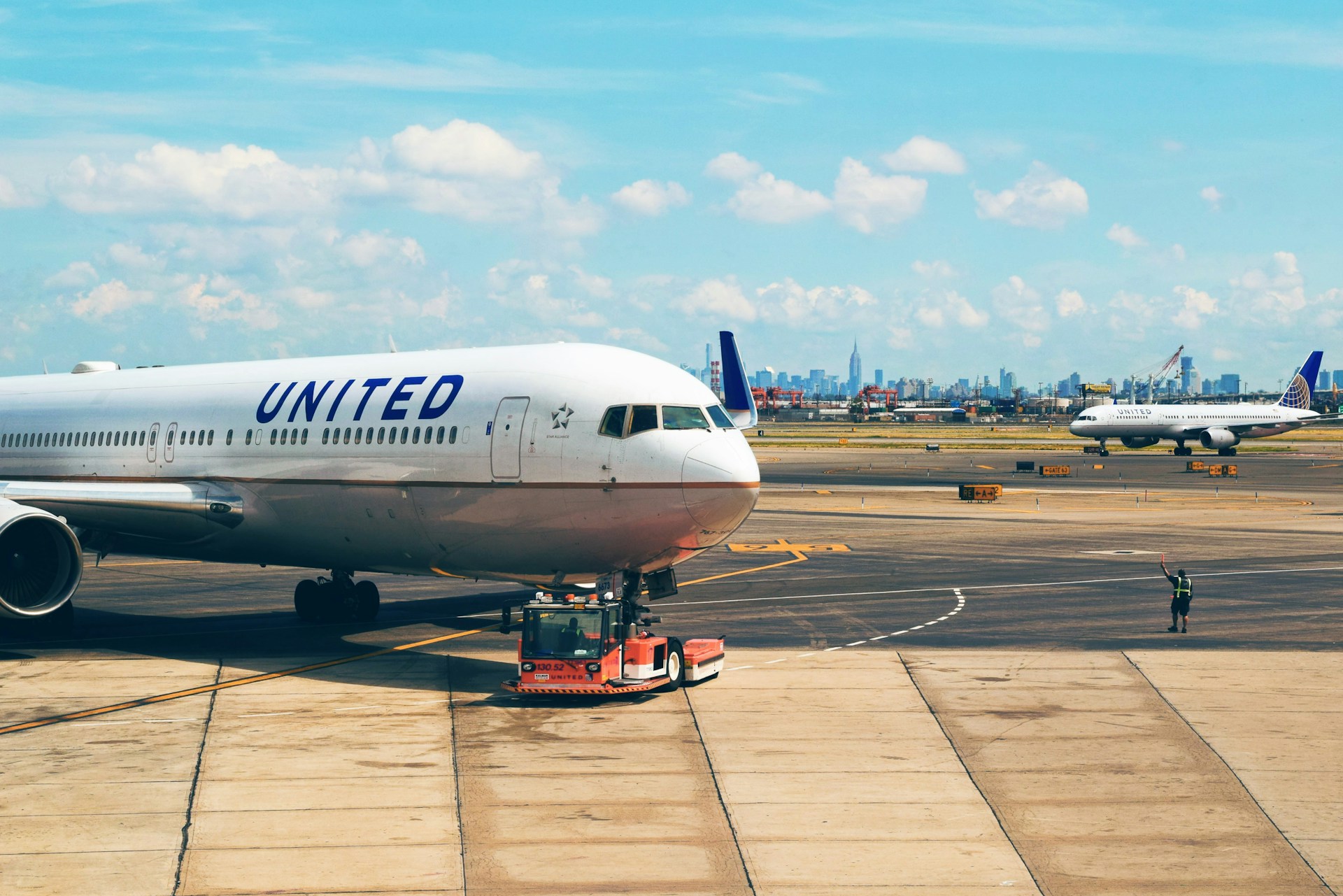United Airlines has secured almost 11 billion litres of Sustainable Aviation Fuel (SAF), through purchase agreements and investments, making a significant move towards decarbonising their operations despite the green jet fuel costing two to three times more than conventional fuels.
The airline has managed to secure 2.9 billion gallons of SAF, placing it well ahead of any other airline, according to BloombergNEF data. This supply will be delivered over various timelines.
Committed to achieving zero greenhouse gas emissions by 2050, United’s CEO Scott Kirby has eschewed “grand, empty gestures” in favour of the “harder, better path of actually reducing flight emissions.”
Through its investment arm, United Airlines Ventures, the airline is aiding suppliers in developing new raw material supplies and production pathways.
Last year, United announced a 20-year deal to purchase 1 billion gallons from Cemvita, a biotech firm working on developing microbes that can convert CO2 into lipids for SAF production. United also invested in Alder Fuels in 2021, aiming to produce SAF from biomass such as agricultural byproducts and wood waste using pyrolysis technology.
Capacity Surge
Global SAF production capacity is expected to increase tenfold by the end of the decade, provided projects are completed as scheduled and producers secure sufficient raw material volumes. By 2030, production is anticipated to exceed 6 billion gallons annually, or about 5% of total jet fuel demand, according to BNEF’s SAF Outlook 2024 report. New developers and existing refineries like Neste, P66, and Shell are constructing a series of projects due to come online in the next two years.
Airlines have indicated reluctance to pay more for SAF than for existing jet fuel, due to tight margins and fears of losing market share to competitors. Policy initiatives are needed to bridge the cost gap between SAF and conventional jet fuel.
Producing SAF on a large scale is challenging, as most production facilities rely on a process using waste oils and animal fats, which have a limited supply. This Hydroprocessed Esters and Fatty Acids (HEFA) route can only meet about 4% of the total demand for jet fuel from current raw materials. Companies are exploring new raw materials or alternative production pathways, but further research and development are needed to commercialize less established technologies.
